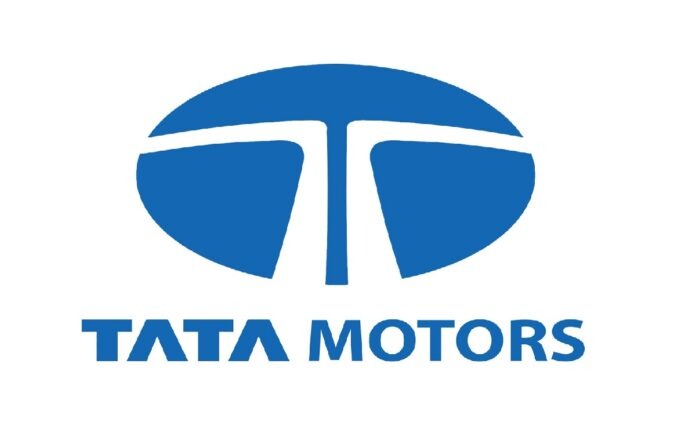The digital currency bitcoin has exploded in popularity since it began in 2009.
What is bitcoin?
Bitcoin is a type of digital cryptocurrency.
There are others out there as well, such as Ethereum, LiteCoin, Neo, Monero etc — these non-bitcoin cryptocurrencies are often referred to online as altcoins.
The main feature of cryptocurrencies is that they operate on a decentralised peer-to-peer network, with no central authority or government backing.
You can pay bitcoin to someone else and there’s no bank to go through to make that transaction, just a peer-to-peer networked program on your computer.Bitcoin welcome: The currency is being accepted in shops and online.
The thing about bitcoin that is exciting the financial world is the underlying technology that makes cryptocurrencies possible — the blockchain.
The blockchain is essentially a public ledger of all the transactions ever made in the currency and keeps a record of which user owns what coins.
When a transaction is made it is added to the end of the blockchain and confirmed using a series of complex computations by the computers of other users who are on that currency’s network.
It solves a problem that until now has stopped digital currencies from working — the issue of double spending.
Since a digital coin is essentially just a file, a bit of code, it could be copied numerous times and reused and sent to multiple people.
The blockchain stops that from happening because when you send the coin to someone else the other computers on the network reach a consensus that that coin has changed to a new owner. All this is done without a central authority or bank.
Who created it?
Bitcoin and the blockchain technology was created by someone under the pseudonym of Satoshi Nakamoto and released as a working beta in 2009.
Satoshi’s true identity remains a mystery as he disappeared from the scene in 2010 after seemingly handing over the reins to Gavin Andresen, the chief scientist at the Bitcoin Foundation.
Over the years numerous people have claimed to be Satoshi, including Australian computer scientist Craig Wright. But so far, no definitive proof of Satoshi’s identity has been given.
Where do you get bitcoin?
You can buy bitcoins with fiat currencies like Australian dollars from online exchanges or you can create brand new bitcoins in a process known as mining.
Remember how transactions on the blockchain need to be confirmed by the computers of other users?
Well those users get rewarded with new bitcoins for letting their computers do the work.
The most recent transactions made on the network are bundled up into a transaction ‘block’, which is finalised roughly every 10 minutes.
Once a computer solves the block’s complex equations and finds a valid hash key it is added to the blockchain, verifying bitcoin transactions between users, while at the same time rewarding the miner with new bitcoins.
It can take a while for miners to reap rewards as only the first user to solve the block by finding one of a number of valid hash keys is rewarded with bitcoins.
During the early days of bitcoin in 2010-11 a common household computer would have been powerful enough to mine for dozens of new coins using its CPU or GPU.
But that is not the case today.
The currency automatically regulates the difficulty of the mathematical problem (adding complexity to the hash value computers need to find) as well as the number of bitcoins received as a reward.
If a lot of people are connected to the network to mine for bitcoins the difficulty of solving a block increases — this is known as the hash rate.
Similarly, it decreases when less people are seeking new bitcoins.
The number of bitcoins rewarded also adjusts with an end result that means every four years only half the amount of coins created in the previous four years can be made.
Recently, the invention of specialised computers used solely for mining has dramatically increased the difficulty of obtaining a bitcoin.
These expensive machines mine for coins 24/7 and can perform the needed computations hundreds of times faster than a standard home computer.
Bitcoins can be mined solo or as part of a pool, but even then the bitcoin or fraction of the coin you receive will likely not be enough to cover the electricity cost.
Bitcoin mining was extremely easy when the network first began, but it is now out of the realm of common home computers.
Due to the way Bitcoin was coded, there is a limit of just under 21 million bitcoins that can be created. Once the limit is reached, no more bitcoins can be made.
However, a single bitcoin can be subdivided as far down as the eighth decimal place (0.00000001BTC) to buy smaller goods using just a fraction of the coin.
How do you store or send bitcoin?
You can store and send bitcoins from an encrypted digital wallet, which is run as a program on your computer.
The wallet works with two keys — a private key and a public key — which look like a seemingly random string of numbers and letters.
The private key is kept secret by you and acts as a password that unlocks the wallet and lets you send any bitcoins associated with it. If anyone else got access to that key they could steal your funds.
The public key is like your bank account number, and you give it to other people so they know what address to send their bitcoins to.
If you want to start out with bitcoin, there are a number of websites or programs you can freely use to generate a private and public key for a new wallet.
Is it safe?
Bitcoin has never been hacked.
However, online exchanges where you can buy cryptocurrencies have been hacked and plundered.
These websites let you sign up and login to buy bitcoin and other altcoins and even let you keep the coins stored on their website so you don’t have to worry about digital wallets or public and private keys.
This is not a good idea. If the website gets hacked or someone gets your login details they could access and drain your funds from the exchange.
There is no way for a transaction to be reversed or recovered if a thief sends your bitcoins to their wallet.
After buying your coins you should transfer them to a secure digital wallet created by you and not hosted online.
You can even write down the wallet’s private key on a piece of paper (this is known as a paper wallet) and stick it in a safe.
If you don’t store the private key on your computer or online then hackers can never break in and access your funds. Your bitcoins would then essentially be offline.




